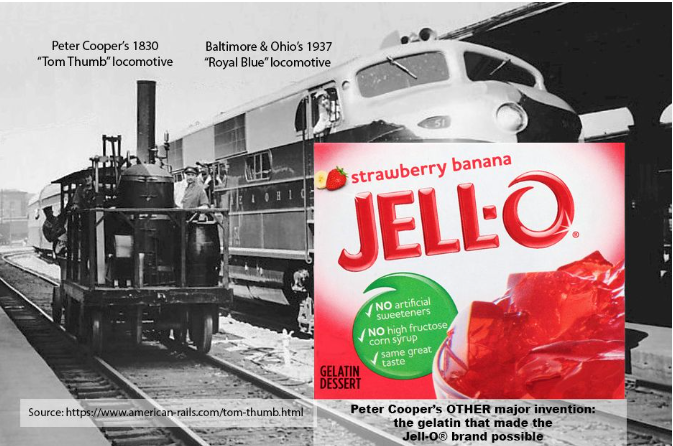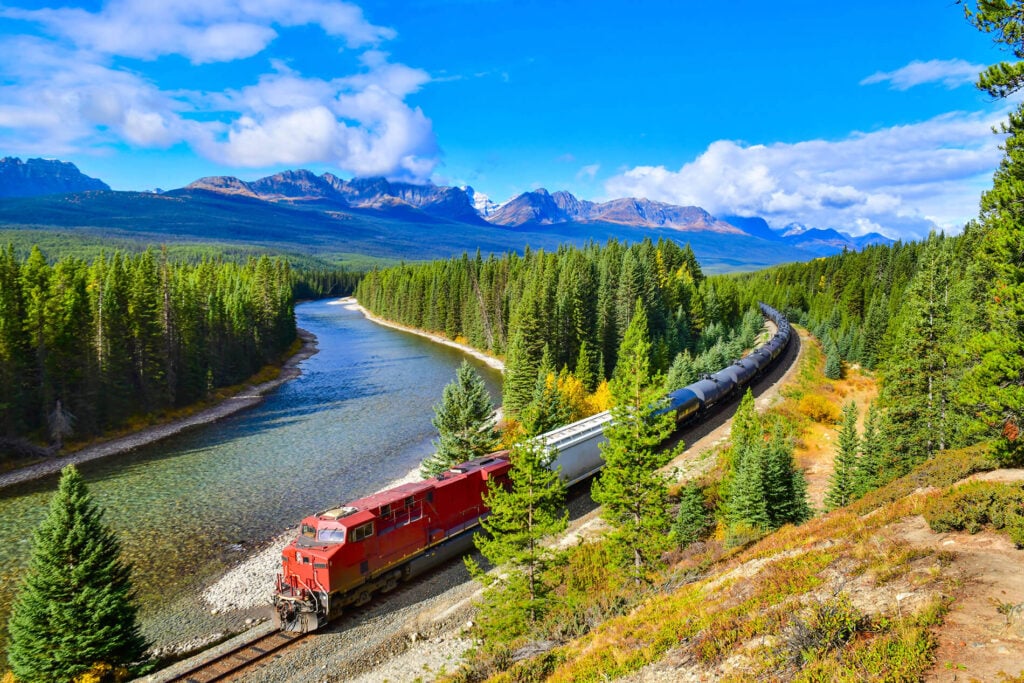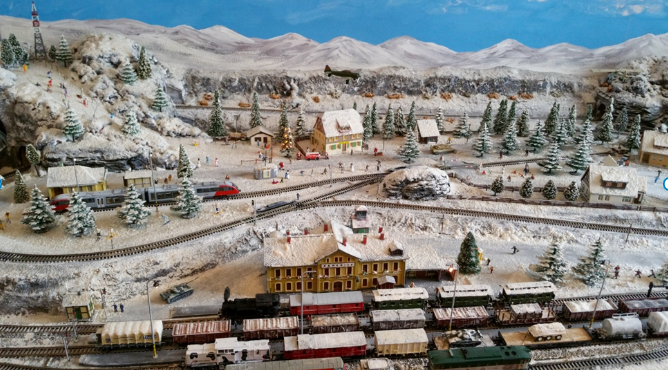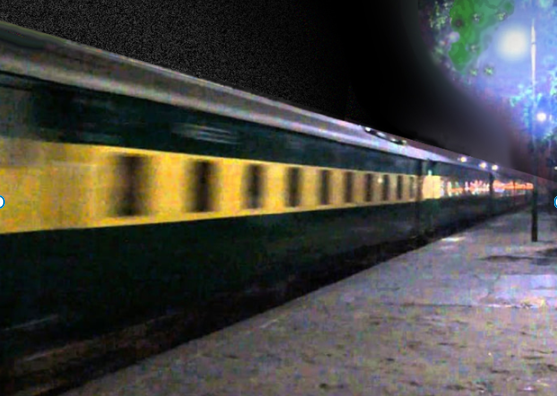- Did you know that the width of horses’ asses wound up setting the distance between railroad rails, and did so thousands of years before the first railroad rails were laid? The story goes back to the days of the early Roman empire when the separation between the wheels of Roman soldiers’ chariots was set to a standard axle length matching the width of the outer sides of the two horses who pulled the chariots. Because these wheels often rolled over dirt roads, when these roads got muddy their paths became grooved to the same width by the chariots’ wheels. The Romans covered the ruts with paving stones to keep from getting their chariots stuck in these grooves. Much later, the distance between these parallel stone paths was adopted as the standard width between the rails used in England and America’s railroad systems.
- The Nineteenth Century creation of North America’s Transcontinental Railroad may have changed American restaurants forever. Many of the laborers who built this railway were imported from China to work at a low cost. Once the railway was completed, many of these workers stayed and found a way to make a living as owners and cooks in restaurants of their creation. Thus, Chinese cuisine became the first “foreign food” to become an American favorite for inexpensive dining out occasions.
- If it hits the side of a freight train at the right angle, a wind gust of just 45 to 55 miles per hour can cause double stacks and auto racks to flip and derail.
- What’s the record longest freight train? In several cars? Length? According to the Guinness Book of World Records, “The longest train ever was 4.57 miles or 24,124 feet long and consisted of 682 ore cars pushed by eight powerful diesel-electric locomotives. Assembled by BHP Iron Ore, the train traveled 275 km (171 miles) from the company's Newman and Yandi mines to Port Hedland, Western Australia, on 21 June 2001.”
- What’s a “foamer”? According to the Urban Dictionary online, “’ Foamer’ is a term railroad employees use to describe a railroad enthusiast/railfan and the railfan community at large. Most often used disparagingly.”
- How many hobbyists own and/or operate model railroad train systems? Model Railroader magazine has estimated the number to be between 170,000 and 200,000.
- The first steam locomotive to be built in America was so small, it was called the Tom Thumb. Peter Cooper, Tom’s inventor, also created the first edible gelatin. Thus he also made Jell-O possible.
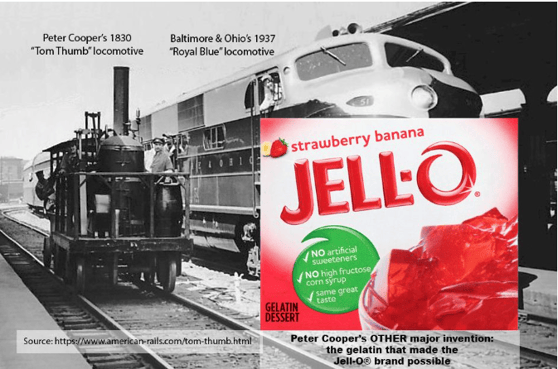
- What speeds do the fastest high-speed rail trains attain? Shanghai Maglev tops the list with its maximum operational speed of 260 miles per hour, and average speed of 156 mph. The Maglev started commercial operations in April 2004. It runs on the nineteen-mile Shanghai Maglev Line, which is the first commercially operated high-speed magnetic levitation line, extending from Longyang Road Station of Metro Line 2 and ending at Shanghai Pudong International Airport.
- What’s a “hyperloop”? Wikipedia says “A hyperloop is a proposed high-speed transportation system for both passenger and freight transport…Hyperloop designs employ three essential components: tubes, pods, and terminals. The tube is a large sealed, low-pressure system (usually a long tunnel). The pod is a coach pressurized at atmospheric pressure that runs substantially free of air resistance or friction inside this tube, using aerodynamic or magnetic propulsion… Technical University of Munich’s hyperloop set the hyperloop speed record of 288 mph in July 2019.”
- How much would a used diesel locomotive cost? As little as $82,500 (see Used Diesel Locomotives for sale. Cummins equipment & more | Machinio) For a coach or caboose, see 1-Vestibule Coach - CABOOSES4SALE.COM
- There are many types of railroads (not just “light rail” versus “heavy rail”). For examples, there are Class I Freight Carriers, Class II or “Regional” Freight Carriers, Class III or “Shortline” Freight Carriers, Class I National Passenger Carriers (for example, Amtrak), Regional Commuter Carriers, and Closed System Rapid Transit Systems, whether driven by steam, diesel, or electric locomotives or self-propelled coach cars with electric motors powered by overhead electric wires or shoes riding on “third rails,” or even funicular railways like San Francisco’s cable cars.
- Railroads actually played a part in causing World War One: “Germany feared that Russia’s railroad system would overcome its advantage in mobility and firepower. None of them wanted a war, but each of them decided that it was better to fight in 1914 than fight later at a disadvantage.” Source: Reliving the nightmare of 1914 - Asia Times
- The horsepower of locomotives ranges up from 3400 to 28,800. Source: List of largest locomotives - Wikipedia
# # # # #
